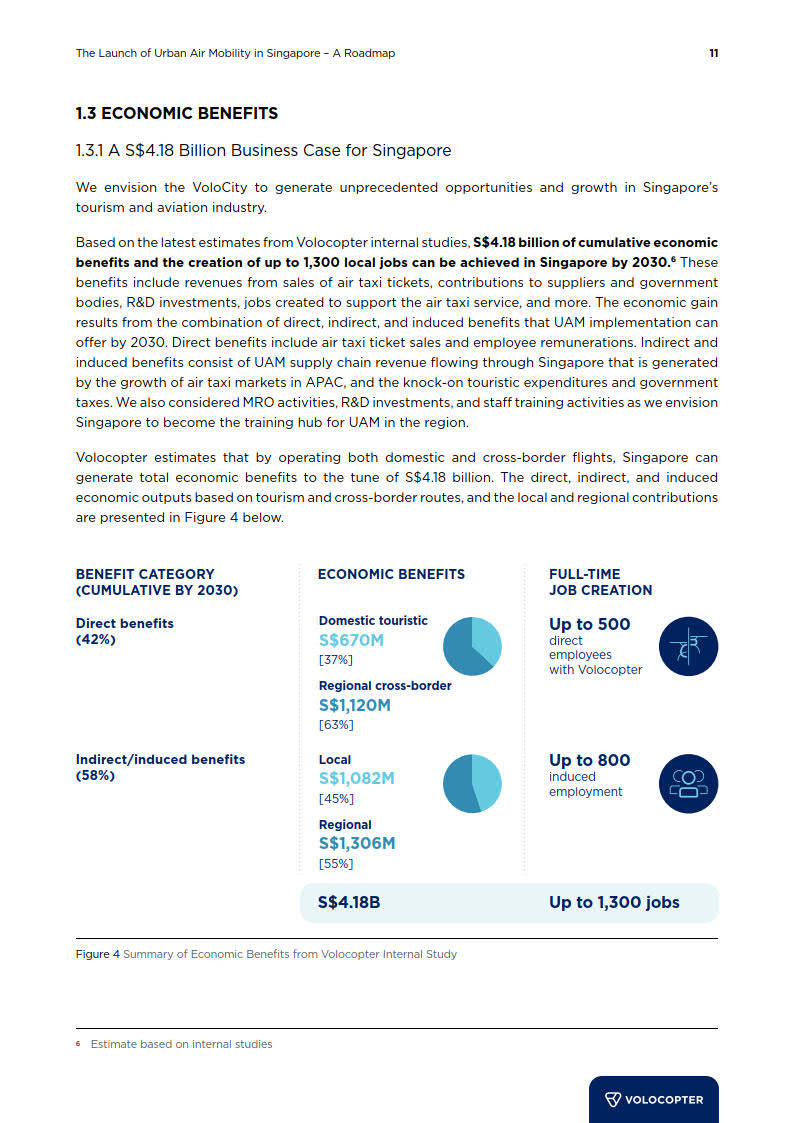### Understanding the Revolving Loan Definition: A Comprehensive Guide to Its Features and Benefits
#### What is a Revolving Loan?A revolving loan is a type of credit that allows borrowers to access funds up to a certain limit, repay them, and then borrow……
#### What is a Revolving Loan?
A revolving loan is a type of credit that allows borrowers to access funds up to a certain limit, repay them, and then borrow again as needed. This flexibility makes revolving loans a popular choice for individuals and businesses alike. Unlike traditional loans, where a fixed amount is borrowed and repaid over a set period, revolving loans provide a continuous line of credit that can be used repeatedly.
#### Key Features of Revolving Loans
Revolving loans come with several key features that set them apart from other types of credit:
1. **Credit Limit**: Each borrower is assigned a credit limit, which is the maximum amount they can borrow at any given time. This limit can vary based on the borrower's creditworthiness and financial history.
2. **Flexible Borrowing**: Borrowers can withdraw any amount up to their credit limit, making it easy to access funds when needed without applying for a new loan each time.
3. **Repayment Terms**: Borrowers can repay the borrowed amount over time, and as they make payments, their available credit replenishes. This creates a cycle of borrowing and repayment that can continue as long as the account is in good standing.
4. **Interest Rates**: Revolving loans typically have variable interest rates, meaning the rate can change based on market conditions. Borrowers should be aware of how interest is calculated and any fees associated with the loan.
5. **Minimum Payments**: Most revolving loans require a minimum monthly payment, which is usually a percentage of the outstanding balance. This allows borrowers to manage their cash flow more effectively.
#### Types of Revolving Loans
There are various types of revolving loans, including:
- **Credit Cards**: Perhaps the most common form of revolving credit, credit cards allow users to make purchases up to their credit limit and pay off the balance over time.
- **Home Equity Lines of Credit (HELOCs)**: These loans allow homeowners to borrow against the equity in their homes, providing access to funds for major expenses or renovations.
- **Business Lines of Credit**: Designed for businesses, these lines of credit offer companies the flexibility to manage cash flow, purchase inventory, or cover unexpected expenses.
#### Benefits of Revolving Loans

Revolving loans offer numerous benefits, making them an attractive option for many borrowers:
1. **Flexibility**: Borrowers can access funds as needed, making it easier to manage unexpected expenses or take advantage of opportunities.
2. **Improved Cash Flow**: With the ability to borrow and repay as needed, individuals and businesses can maintain better cash flow management.
3. **Building Credit**: Responsible use of revolving loans can help improve a borrower’s credit score, as timely payments and low credit utilization can positively impact credit history.
4. **Convenience**: The ability to use a revolving loan without reapplying for credit each time makes it a convenient option for many borrowers.
#### Considerations When Using Revolving Loans

While revolving loans offer many advantages, borrowers should also consider potential downsides:
- **High-Interest Rates**: Depending on the borrower's credit profile, interest rates on revolving loans can be high, leading to significant debt if not managed carefully.
- **Potential for Overspending**: The ease of access to funds can lead to overspending, making it essential for borrowers to budget effectively.
- **Fees**: Some revolving loans may come with annual fees, transaction fees, or penalties for late payments, which can add to the overall cost of borrowing.
In conclusion, understanding the revolving loan definition is crucial for anyone considering this form of credit. With its flexibility and convenience, a revolving loan can be a valuable financial tool when used responsibly. However, potential borrowers should weigh the benefits against the risks to make informed decisions about their financial future.